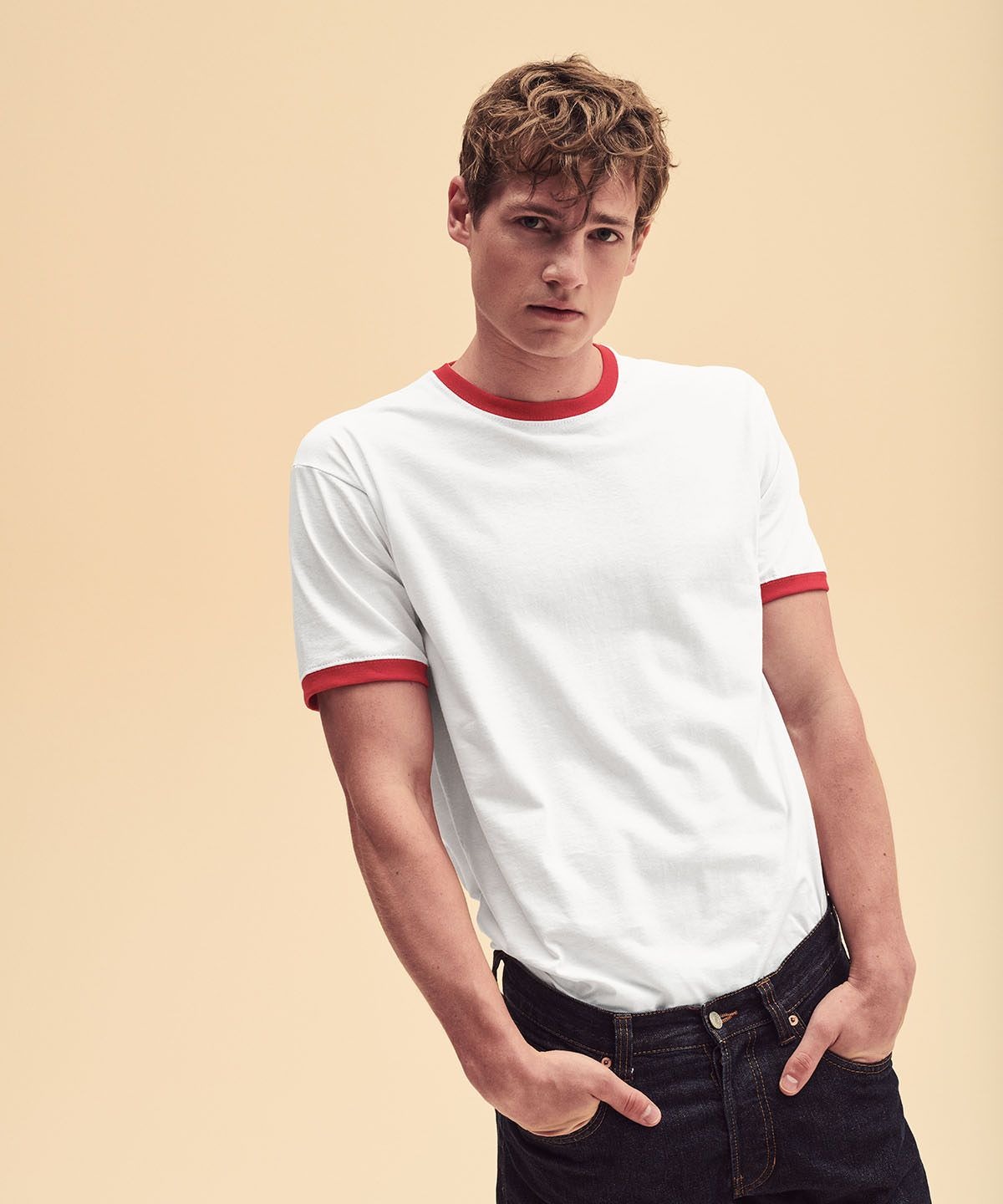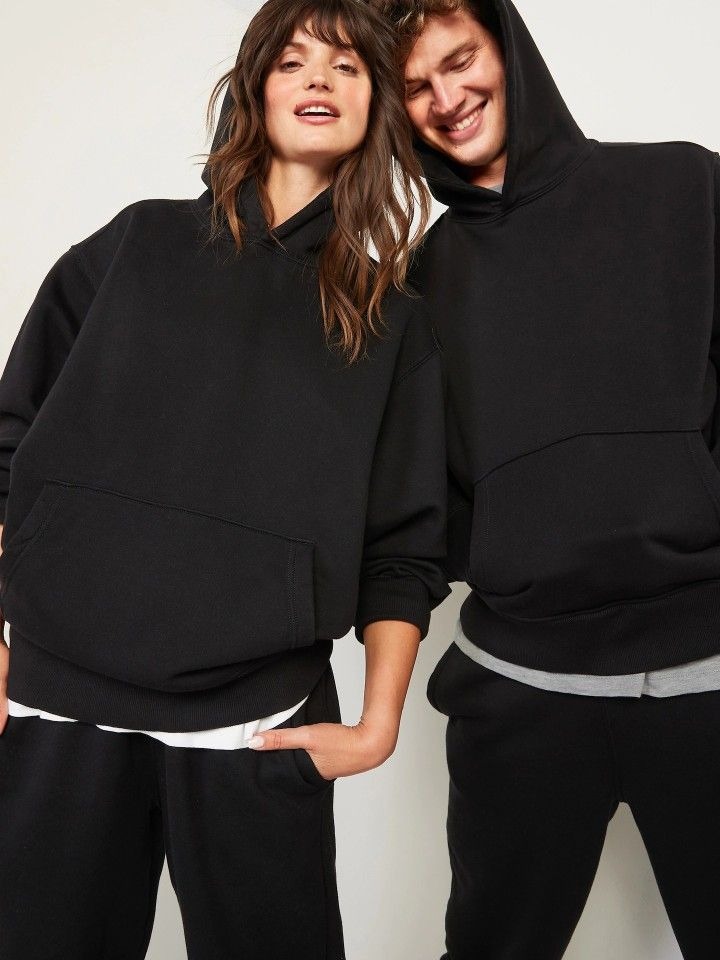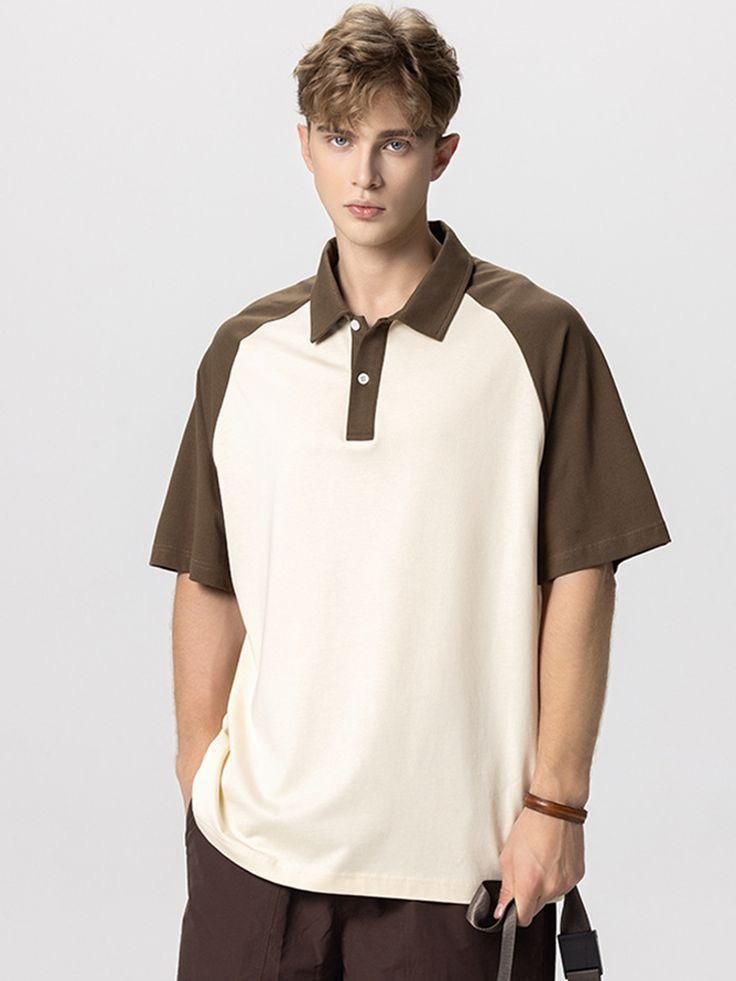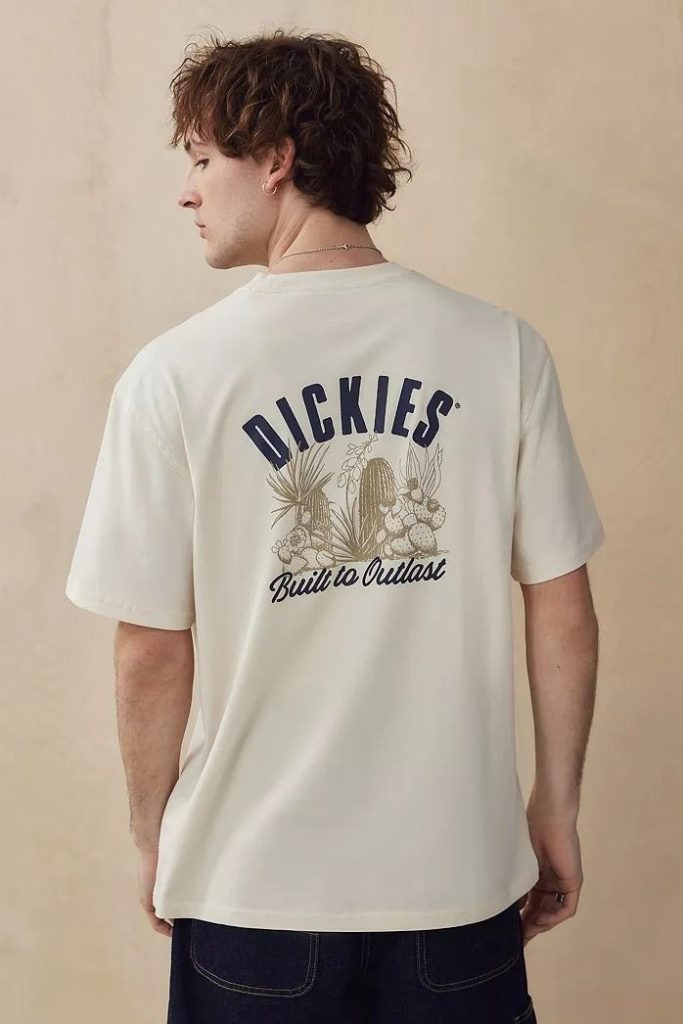Fashion is not merely a fleeting interest or a superficial industry; it is a grand narrative that spans centuries, cultures, and civilizations. It is both tangible and symbolic, practical and poetic. Fashion has always been a medium through which individuals and societies express their beliefs, ambitions, fears, hopes, and evolutions. More than a set of garments, it is a system of language that speaks to identity, belonging, resistance, tradition, and transformation. It moves alongside humanity, reflecting who we are, where we have been, and where we are going. In every fold of fabric, there exists memory. In every silhouette, there is intention. In every revolution of fashion, there is a revolution of thought.
To examine fashion deeply is to travel through human civilization itself. Long before industrialization, fashion served a dual purpose: utility and symbolism. Early humans wore garments made from animal skins and natural fibers to protect themselves from harsh climates and dangerous environments. Yet even in these early stages, there was creativity and choice. Decorations, dyes, and accessories quickly emerged as markers of identity. Fashion became a means to signify tribal affiliation, spiritual belief, fertility, and rites of passage. From the ceremonial robes of shamans to the battle uniforms of warriors, clothing was invested with significance beyond the body—it became a shield for the soul, a testament to collective identity, and a reflection of cultural heritage.
As societies expanded and evolved, so too did the sophistication of fashion. In ancient Mesopotamia, Egypt, and Greece, garments became elaborate, reflecting social hierarchy, gender roles, and philosophical ideals. The Egyptians, for example, wore garments of fine linen and adorned themselves with gold jewelry not only for beauty but as an offering to the gods and a reflection of divine order. In Greece, the draped garments symbolized harmony and intellectual balance. In the Chinese dynasties, strict rules governed who could wear certain colors, fabrics, or designs, tying fashion closely to Confucian ideals of structure and hierarchy. In all these societies, fashion was not random. It was a codified system of meaning that expressed the relationship between humans and their beliefs, values, and environment.
The global interchange of cultures through trade, conquest, and migration brought a wave of innovation and hybridity into fashion. The Silk Road allowed ideas, materials, and techniques to flow across Asia, the Middle East, and Europe. Embroidery patterns from Persia found their way into Byzantine textiles. Chinese silks influenced Italian weavers. Indian dyes transformed European palettes. This early globalization did not homogenize fashion; rather, it enriched it, allowing cultures to evolve their aesthetics while borrowing and adapting from others. These cross-cultural encounters laid the foundation for fashion’s future: a constantly changing mosaic of inherited and invented identities.
The Renaissance and the Enlightenment further elevated fashion into an artistic and philosophical force. Clothing became a medium through which people expressed their intellectual aspirations, social critique, and personal ambitions. The grandeur of Renaissance fashion—heavy fabrics, rich colors, voluminous shapes—spoke to an age obsessed with human potential, opulence, and legacy. In the 18th century, the powdered wigs, embroidered waistcoats, and corseted gowns of European elites were not merely style choices but symbols of a society fascinated with status, science, and control. At the same time, critiques of fashion emerged. Writers and philosophers began to question its excesses and its role in reinforcing inequality. This tension between fashion as freedom and fashion as oppression would persist into modern times.
The Industrial Revolution changed everything. With machines came mass production. With mass production came accessibility. Fashion was no longer solely in the domain of the elite. Ready-to-wear clothing, department stores, and fashion catalogues allowed ordinary people to engage with trends, shaping a new consumer culture centered around choice, variety, and affordability. However, this democratization of fashion also brought with it new tensions. Labor conditions in factories became exploitative. Environmental damage increased. The pace of production disconnected fashion from craftsmanship. Yet even as these issues emerged, the idea of fashion as a democratic force—an accessible form of self-expression for all—became deeply embedded in modern consciousness.
The twentieth century marked the explosion of fashion as both an industry and a cultural phenomenon. Each decade brought new silhouettes, new ideologies, and new contradictions. The 1920s were defined by the flapper: a symbol of female liberation, sexual freedom, and post-war joy. The 1930s and 1940s reflected the austerity of the Great Depression and World War II, with simpler lines and functional materials. In the 1950s, glamour returned, with hourglass figures and luxurious fabrics symbolizing stability and domesticity. Then came the 1960s, a decade of disruption. Fashion broke free from tradition, embracing youth culture, experimentation, psychedelia, and rebellion. The 1970s continued this trend with punk, disco, and bohemian styles reflecting social unrest, sexual freedom, and countercultural exploration.
In the 1980s, fashion embraced power. Padded shoulders, bold colors, and designer logos became emblems of ambition, consumerism, and spectacle. Fashion was not only worn but branded. The 1990s, in contrast, swung toward minimalism and anti-fashion. Grunge, streetwear, and deconstructed garments signaled a disillusionment with excess. And by the early 2000s, fashion entered an era of global acceleration. Fast fashion chains, reality TV, celebrity culture, and eventually social media transformed fashion into an immediate, ever-changing ecosystem. Trends emerged and died in weeks. Style became digital, viral, and competitive.
Today, we find ourselves at a critical crossroads. Fashion has become more visible, accessible, and influential than ever before. Instagram, TikTok, and online shopping allow people from every corner of the world to participate in global style conversations. Influencers rival traditional designers in trendsetting power. Virtual fashion shows and digital clothing challenge the very meaning of what fashion is. Yet these exciting innovations come with urgent concerns. The fashion industry is one of the largest contributors to climate change. The overproduction of garments, synthetic fibers, and global supply chains create enormous waste and pollution. Exploitative labor practices persist. These contradictions force us to ask: what kind of fashion future do we want?
Sustainability is no longer an option—it is a mandate. Designers, brands, and consumers must rethink the systems that govern production, distribution, and consumption. Slow fashion movements advocate for fewer, better-quality pieces made with ethical labor and ecological awareness. Secondhand markets, clothing rental platforms, and repair services are gaining popularity. Some companies are experimenting with biodegradable fabrics, digital fashion assets, and circular supply models. These efforts signal a shift from fashion as disposability to fashion as responsibility—from trend-chasing to values-driven design.
In parallel, the fashion industry is undergoing a long-overdue reckoning with representation and inclusion. The outdated standards of beauty—white, thin, cisgender, able-bodied—are being dismantled by activists, designers, and communities demanding visibility and dignity. Fashion is slowly becoming a place where all identities can find space. Runways and campaigns now feature models of all sizes, races, gender identities, and abilities. Adaptive fashion, modest fashion, and gender-neutral collections reflect a new understanding of diversity—not as a marketing tactic, but as a creative and moral necessity.
Fashion also plays a vital role in activism. Clothing has been used to resist colonialism, protest violence, celebrate culture, and express solidarity. The hoodie became a symbol of injustice after the death of Trayvon Martin. Pride fashion celebrates LGBTQ+ visibility and joy. Indigenous designers use traditional motifs to reclaim history and sovereignty. In this way, fashion becomes not only personal or aesthetic—it becomes political. It becomes the site where bodies, stories, and power intersect.
Ultimately, fashion is about connection. It connects people to their past, their communities, and themselves. It connects craft to creativity, function to fantasy, tradition to innovation. A wedding dress may be worn once but cherished for a lifetime. A school uniform may be worn daily but remembered forever. A pair of shoes may carry someone through the hardest chapter of their life. Every garment holds memory, movement, meaning.
To speak about fashion is to speak about life. It is to explore the contradictions of modern existence—the desire for individuality and the pull of community, the pursuit of beauty and the reality of exploitation, the yearning for innovation and the need for preservation. Fashion is not simply about looking good. It is about feeling alive. It is about imagining new ways of being. It is about dressing the body while expressing the soul.
As we look to the future, fashion will continue to evolve, shaped by technology, ethics, culture, and imagination. The materials may change. The platforms may change. The industry may rise and fall in new configurations. But the essence of fashion will remain. It will continue to be a stage for humanity to perform its endless dance of transformation. It will continue to tell our stories—one thread, one color, one cut at a time.
And in that telling, fashion will remain what it has always been—not just something we wear, but something we are.




